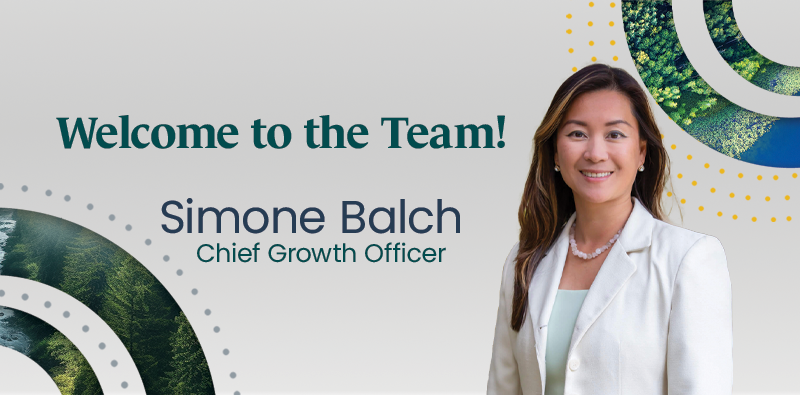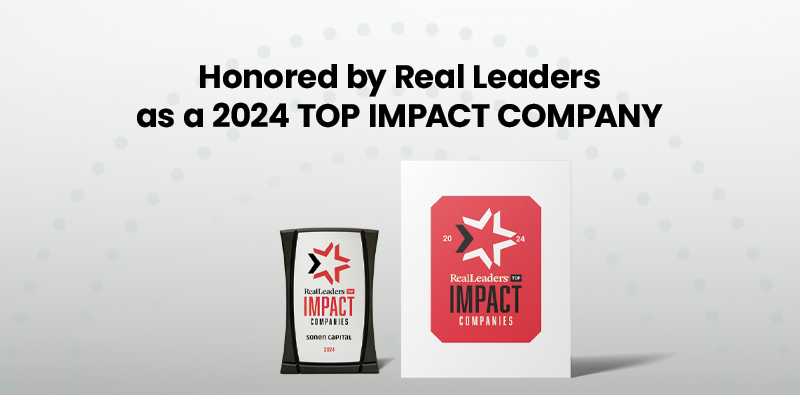Mission Investors Exchange, Peter Berliner, Managing Director
October 30, 2013
One of the first questions board members ask when a foundation begins to think about committing all or a portion of its assets to mission investing is whether it can be done without sacrificing financial returns.
Based on results from the impact investing carried out by the KL Felicitas Foundation led by Lisa and Charly Kleissner, the answer is “yes.”
A new report by Sonen Capital, Evolution of an Impact Portfolio: From Implementation to Results, documents how the foundation successfully moved from allocating 2% of its assets to impact investments to more than 85% over a seven-year period, while simultaneously achieving index-competitive risk-adjusted returns.
Among the report’s key findings:
- A portfolio of impact investments carefully designed to generate both a strong financial return and positive social and environmental impacts can match and, in many cases, outperform comparable traditional investments.
- It is possible for investors of all sizes to find impact investment opportunities across asset classes and along a broad spectrum of financial and social and/or environmental returns.
- In just 38 of the investments in KLF’s impact portfolio, there are $37.2 billion of assets under management, suggesting that the impact sector, as a whole, is likely to have significantly larger absorptive capacity.
- Using positive social and environmental impact as a lens for asset allocation may not necessarily imply making a financial sacrifice.
While the report is focused on the experience of one foundation, it clearly demonstrates, based on real performance data, a way in which a foundation may achieve the dual goals of social impact and financial performance through a carefully constructed approach to investing.
None of this should indicate any guarantees about the results of impact investments in general. In addition, the rate of return will always depend on such variables as the type of investment, asset class, quality of product, external factors, and execution.
In addition, there are other reasons for designing a portfolio and deploying assets in support of mission. Investments may be made for reasons other than financial performance, or made to be directed toward markets which are unlikely to deliver a competitive return.
But certainly the results obtained by the KL Felicitas Foundation challenge the myth that doing good means earning less.
We applaud the Kleissners for sharing their experiences and lessons learned. We encourage other foundations to help build the growing body of evidence that points both to the social and the financial benefits of mission investing.
See the full article on Mission Investors Exchange.


